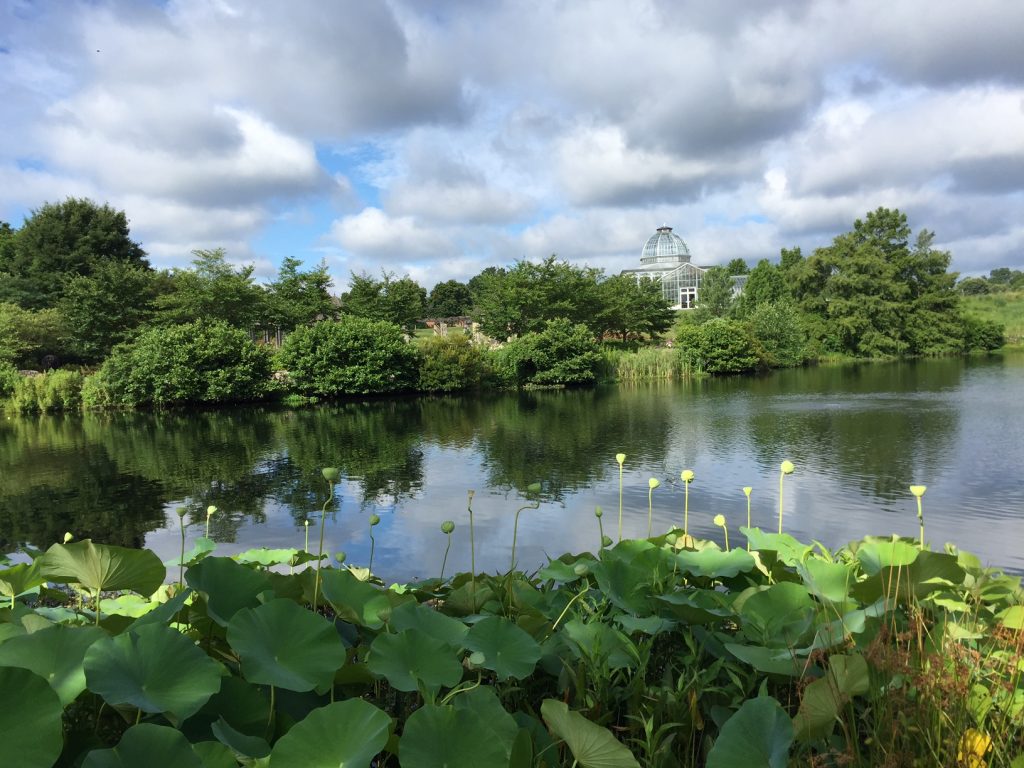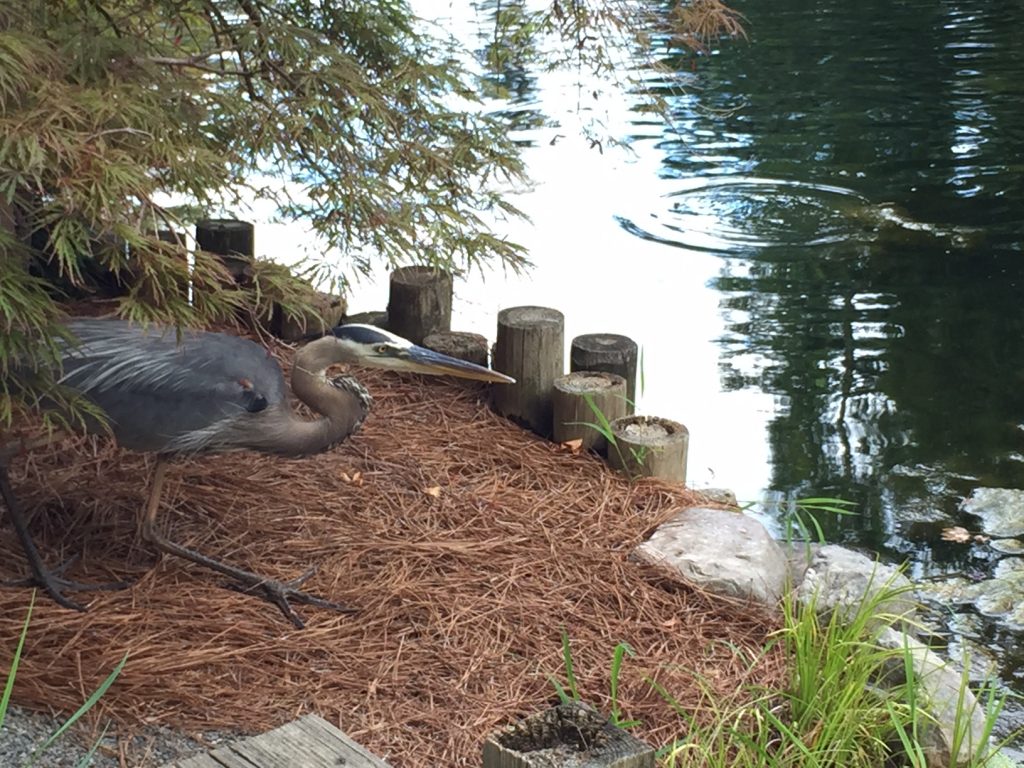A few days ago at the Lewis Ginter Botanical Garden. The heat wave took out most of the blossoms, but the pods are nice, too.
Monthly Archives: July 2017
37 practices: verse 1
1: To study, contemplate, and meditate
This precious human life’s so hard to find, / Its freedoms and resources like a boat
To navigate samsara’s endless sea / And set myself and other beings free.
For that, without distraction, day and night / To study, contemplate, and meditate:
This is the way a bodhisattva trains.
Verse 1 chanted 3x. (Click where the “play” button should be.)
37 practices: infrastructure
A recording of each class (except the first one) is linked at the bottom of each post, and also via the 37 practices link in the blogroll (right column of this page). I sometimes forget I’m being recorded. 🙂 Any errors are all mine. The classes are taught by Zoom so there may be imperfections in some recordings due to technical glitches or temporary noise from a participant’s surroundings. Just like life.
Overall structure of the 37 practices: I mentioned in the prelude that the 37 practices both serve as a lam rim (step-by-step guide to the path) and fall within the traditional class of instructions known as mind training (lo jong). The root text, by Gyalse Ngulchu Togme Zangpo, is very concise: 37 verses with a couple of extras at the beginning and end, fitting entirely within 11 pages in Dilgo Khyentse‘s commentary, The Heart of Compassion. (The rest of the book consists of Dilgo Khyentse’s commentary on each verse plus some introductory chapters and quite useful appendices, notes, and index.)
37 practices: prelude
Interspersed with other topics, you will now find, in progress, starting in June 2017, a study guide for a class I’m teaching on the classic text 37 Practices of a Bodhisattva by Gyalse Ngulchu Togme Zangpo. I’m posting materials here for those who miss a class and for anyone else who is interested.
Why study a text written centuries ago in a culture that had very little in common with the sophisticated, technologically-oriented lifestyle of 21st-century Westerners? 1) Frankly, human nature doesn’t seem to have evolved all that much, if any. We still face all the same problems Togme Zangpo did. 2) This very concise root text is a complete guide to the step-by-step path of awakening to our full potential as human beings, aka a lamrim, like The Jewel Ornament of Liberation; PLUS a mind training text like the Seven Points of Mind Training (see Jamgon Kongtrul’s Great Path of Awakening) and Shantideva’s A Bodhisattva’s Way of Life–ALL THIS in just 37 short verses plus a couple of extras at the beginning and end. But wait–there’s more!
In which I am pursued by a hungry blue heron
In recent years, this heron (or maybe several, but I’ve always seen just one at a time) has regularly hung out by the koi pond in Richmond’s Lewis Ginter Botanical Garden. Visitors pay their quarter and toss in a handful of pellets, the fish surface for their breakfast, et voila: the heron breakfasts, too. Herons are usually quite shy, but this one is now savvy enough to stay put when a visitor appears with pellets, and today it got quite close and followed me around. I cleverly threw my pellets on the opposite side of the path from where the heron was poised to strike, so it had to go back and forth, which is a slow process for a heron on foot, and the only breakfast served while I was there was to the koi.
As a Buddhist, I feel I can’t prefer fish over herons or vice versa–they all have an equal desire to live and an equal need to sustain themselves. But I always try to err on the side of not contributing to anyone’s immediate peril.


